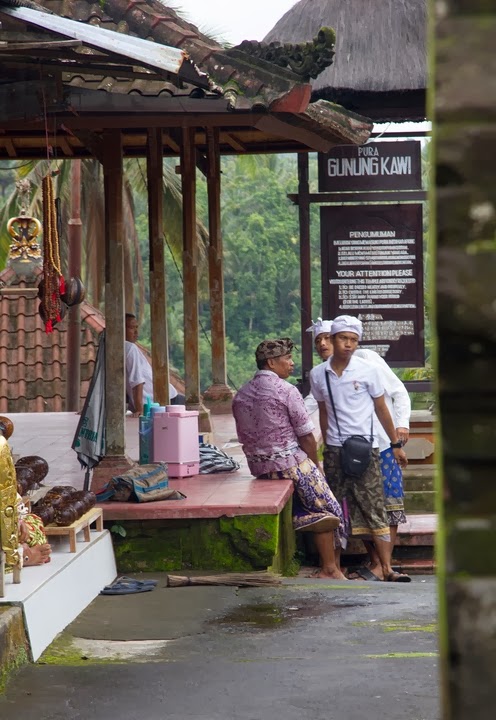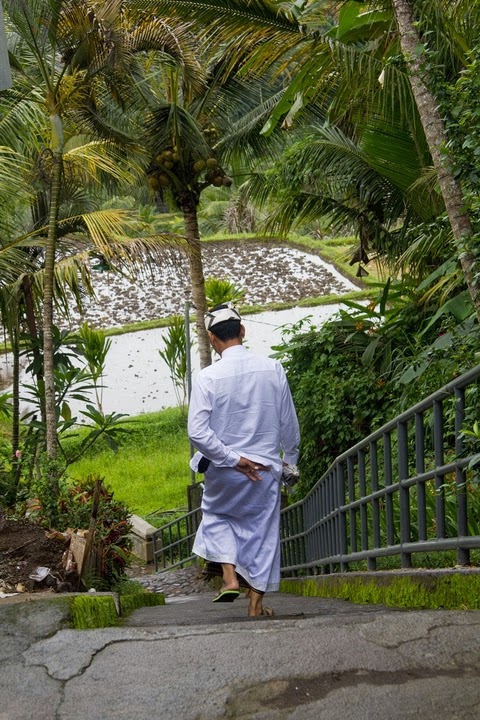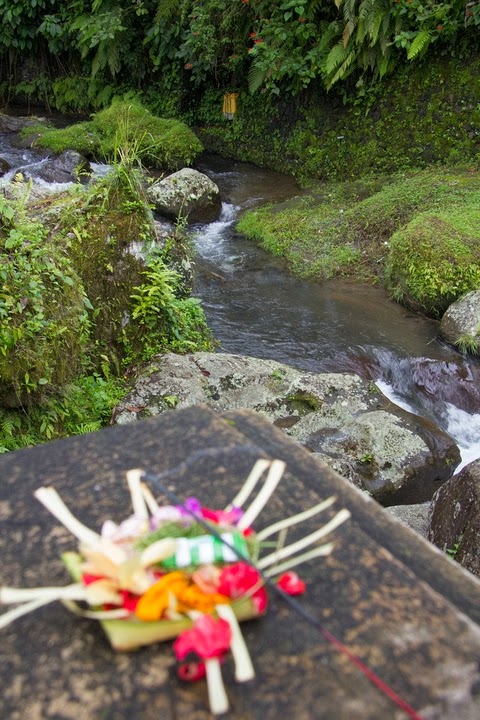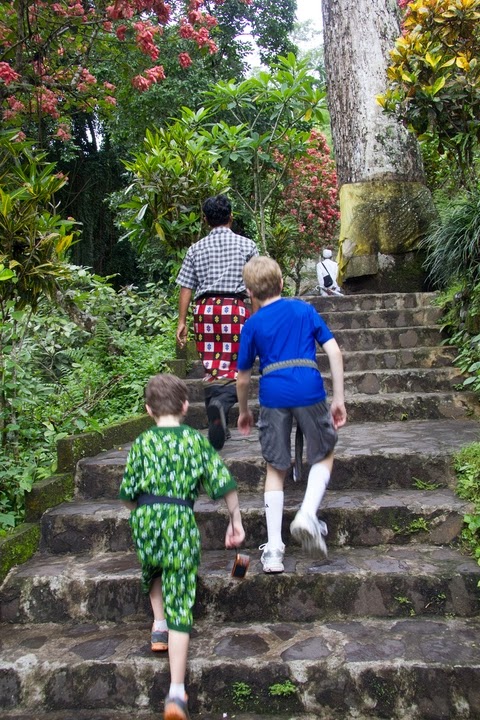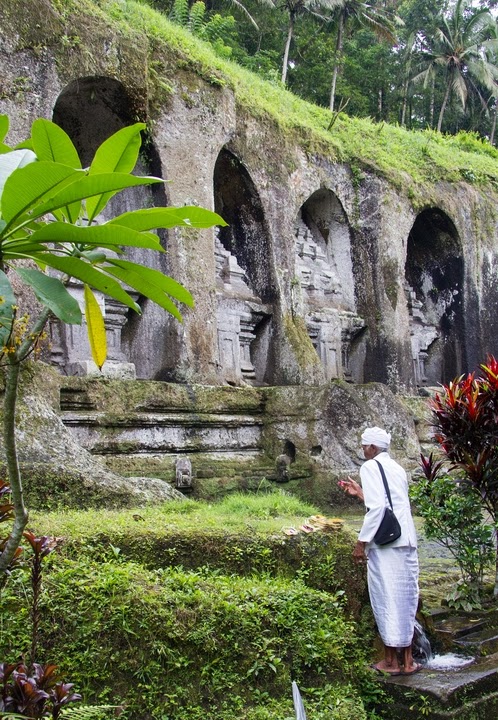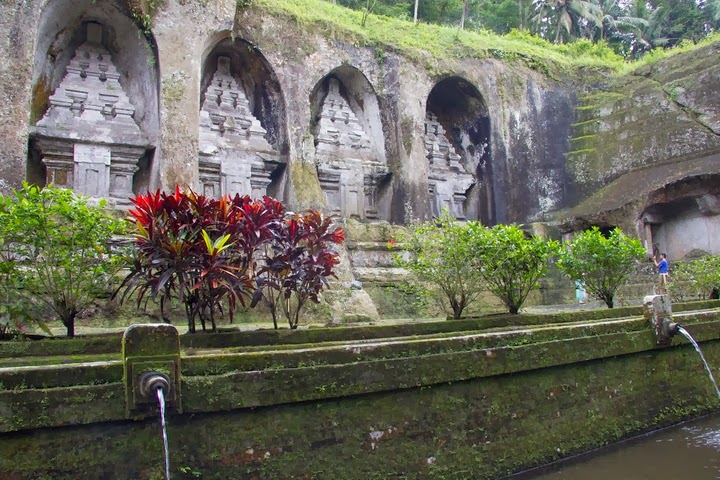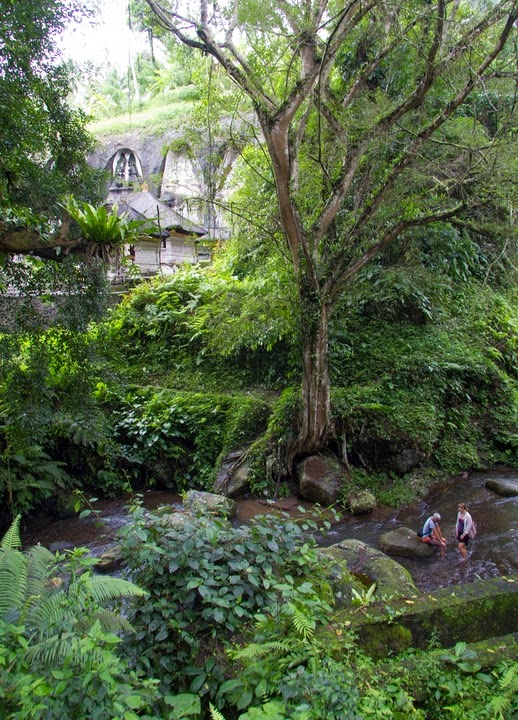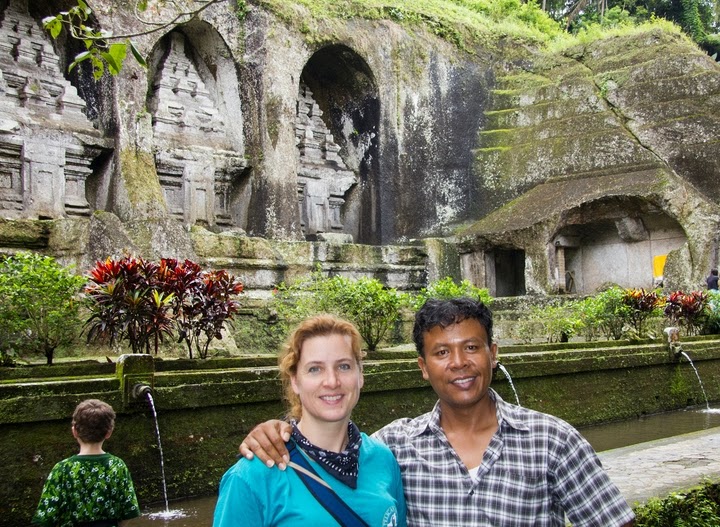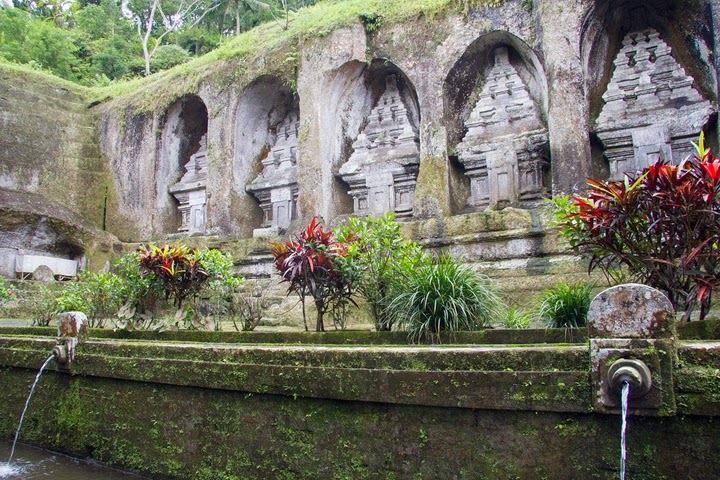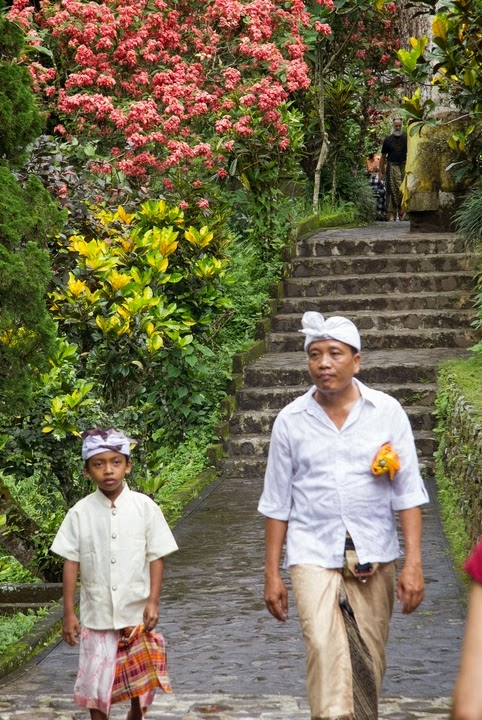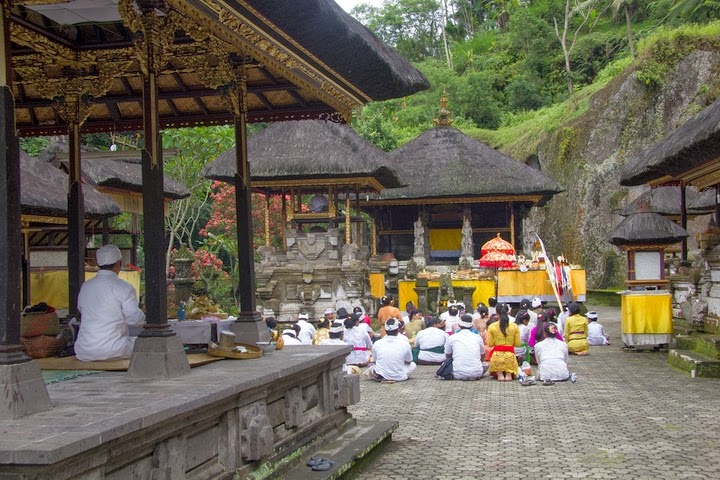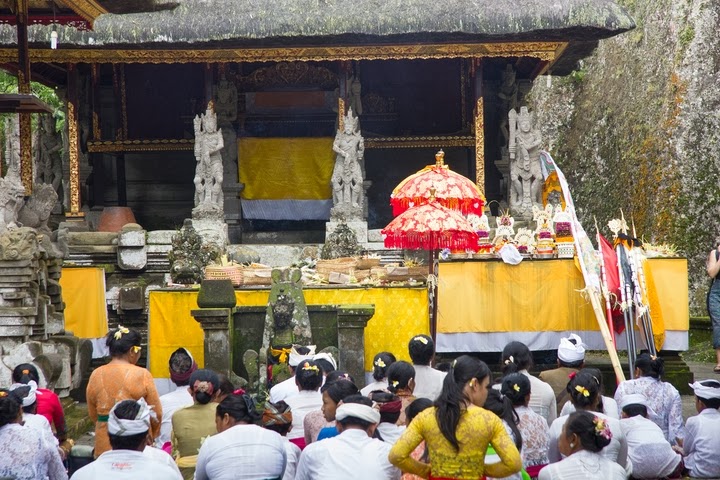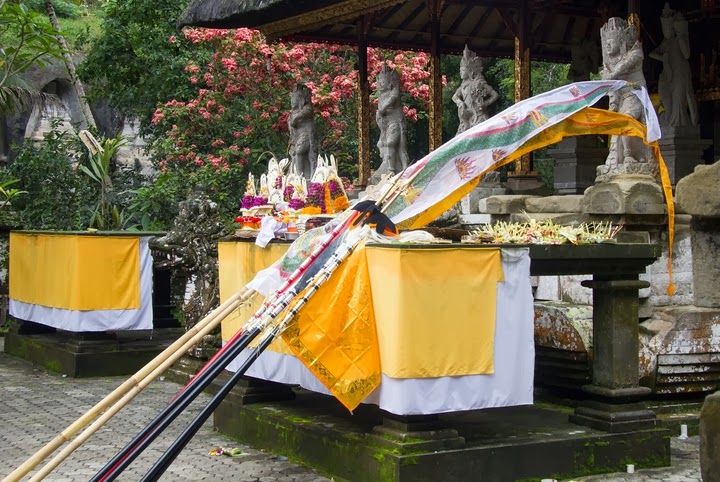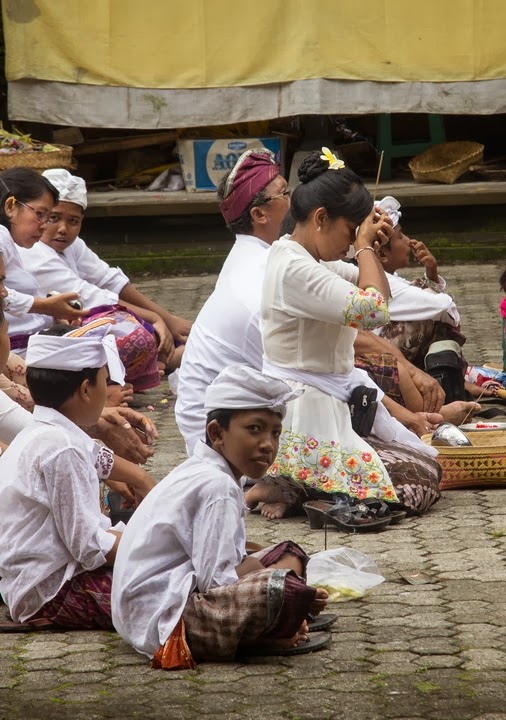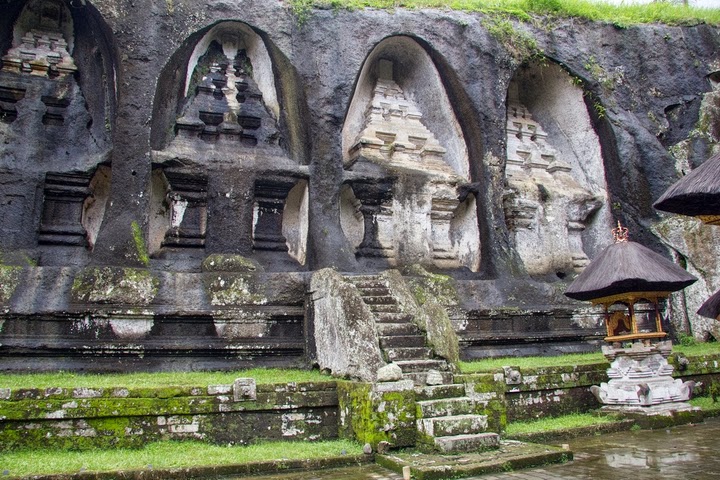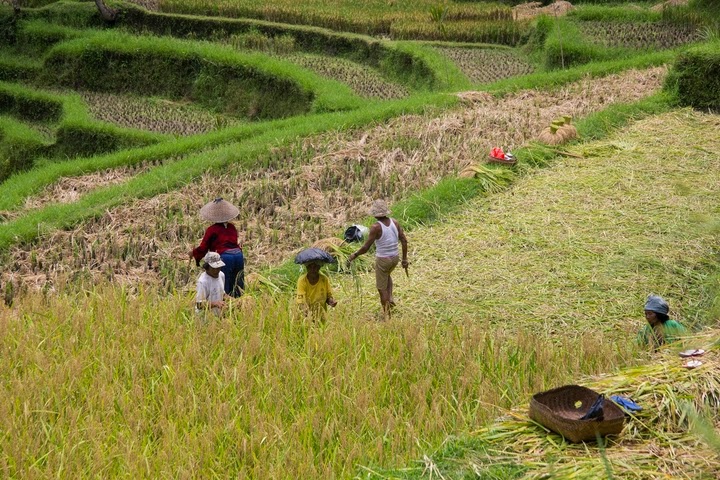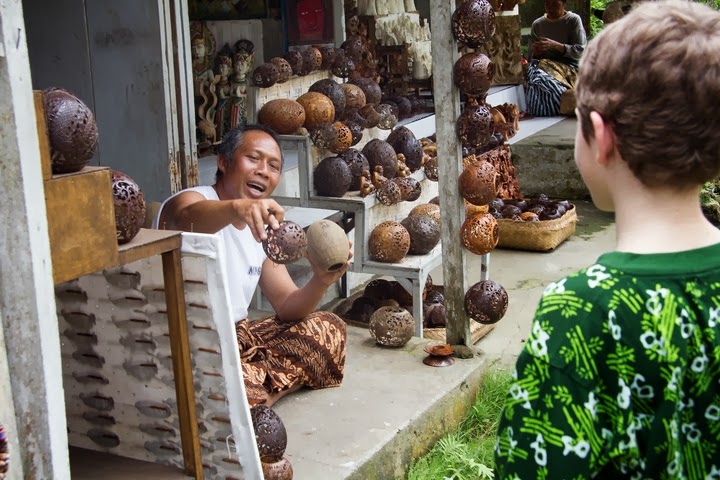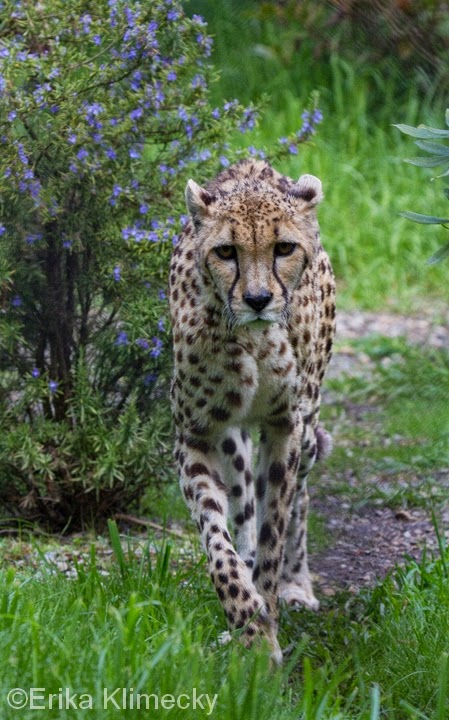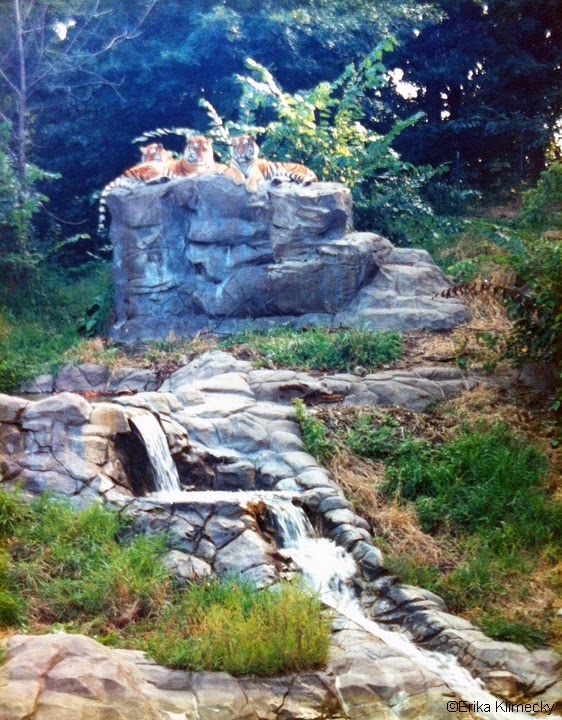Get comfy, this one’s a little thick. (If you must, skip the fat text and see the photo-story at the bottom.)
We were in Bali for twenty four hours before we entered our first Hindu temple. That’s a long time! It’s said that there are over 10,000 temples on Bali, so finding one isn’t hard. Getting to the one you want proves a bit more difficult. This was our second temple visit, on day 2 of our journeys out. Pura Gunung Kawi is one of the oldest temples on the island, built in the 11th Century but perhaps founded in the 10th C. (There are at least two other temples that date from the 10th C as well.) Its highest structures are carved into the mountainside, right through the black lava flows to the limestone beneath, revealing the history of the active volcanoes on the island. Of course the oldest sections are simple caves carved into the limestone, used as living quarters for those who stayed and worshiped here, but the most interesting structures are the larger carved stone building faces (they don’t have doors or an inside.)
I picked up a ton of random info on Balinese Hinduism, which is a unique in several ways compared to other Hinduism. Primarily it is monotheistic. Yep. Before Indians explored the area and brought both Buddhism and Hinduism to Bali, the island people were Animists and ancestor worshipers. Since Hinduism was added, several other religions have also colored the final product that is Balinese Hinduism. I heard this description from at least three different guides while we toured temples, so I gather they are pretty proud of their custom-made theology. “One same god” they kept saying.
I surmised that the original islanders were very open to interpretations and ideas of other peoples. Or at least that’s what I took from the whole thing. Except, perhaps, for Islam. All of the rest of Indonesia is Muslim, this one island is a Hindu stronghold, so there is more than a little (thinly veiled) animosity toward the influx of people from other nearby islands. Mosques are being built in droves on Bali nonetheless. All of our guides readily explained that the negativity toward Javanese moving to Bali is exacerbated by two factors: 1) Balinese are very likely to have no more than two children these days (anyone in my generation or older may have been one of five or eight, though), while Indonesian Muslims are allowed to take multiple wives and generally have large families with each of them. (Sidebar: One of our guides pointed out that Java, the next island west, has over 125 million people alone. It is the most populous island while Bali – a much smaller island – has about four million. Indonesia is expected to overtake the USA as the third most populous country in the world within 10 years.) 2) Bali is the showy island, the tourist island, the hip-y, bust-y movie star of Indonesia. I gathered that there is a lot of money, success and glam here compared to the other Indonesian islands. Their infrastructure is a decent barometer of this – all the roads we traveled on were paved, well-striped and had at least two lanes, curbs and sidewalks, even. They didn’t have any power outages or blackouts, and they have an ever growing number of hotels and villas along the beaches to make way for more tourists with money. It will be interesting to see how the dynamic of the Balinese people and the island change as that balance shifts.
But back to Balinese Hinduism; in a nutshell for anyone interested:
There are three primary deities, Brahma, the Creator, Vishnu, the Protector (of the living), and Shiva, the Recycler (what we’d call a death deity or undertaker, but none of them used that word). They are all incarnations of one god, their primary god, rather than separate entities, as they are viewed in Indian Hinduism. Each of these incarnations appears abundantly in their stories (many of the stories are close if not identical to those in India: Ramayana and Mahabharata, predominantly) and each incarnation has his own mode of transport. I like Vishnu’s transport, the Garuda Bird, which is a wildly decorated crazy looking beast.
Beyond that, Hinduism seems to be a veneer over a much more intricate set of beliefs from Animism and ancestral worship. Everything living has a spirit and you must ask that spirit’s permission before you kill it. And many inanimate objects also have a spirit, so beware of motorbikes, books, stones and the like. And they believe that ghosts and evil spirits travel in the form of cats, naked women and crows. Black magic and the associated superstitions are intact as well.
They also seem to have shirked the vegetarian bent of most Hindus. Balinese eat several kinds of meat at every meal (breakfast one morning offered curry chicken, bacon and even fish sausage. And their standard lunch dish, nasi campur, is usually three different meats in different preparations on one plate. They have no aversion to eating beef, and apparently cows are not sacred in Bali even though it is officially (and has worked hard to stay) a Hindu island. I confirmed the non-sacred cows fact with one of our guides late in the trip. I sited Kathmandu roads (Nepal is also officially a Hindu nation) with sacred cows regularly holding up traffic as my only comparison. Our guide got a big kick out of that. Nope, Gods first, people second, cows along with all the other animals in Balinese Hinduism. Sorry if I am boring you, I find this stuff fascinating. Maybe I should have majored in theology.
So now to the photos of Pura Gunung Kawi (The Carved Mountain Temple), in story format (because I seem to have lots of words today).


